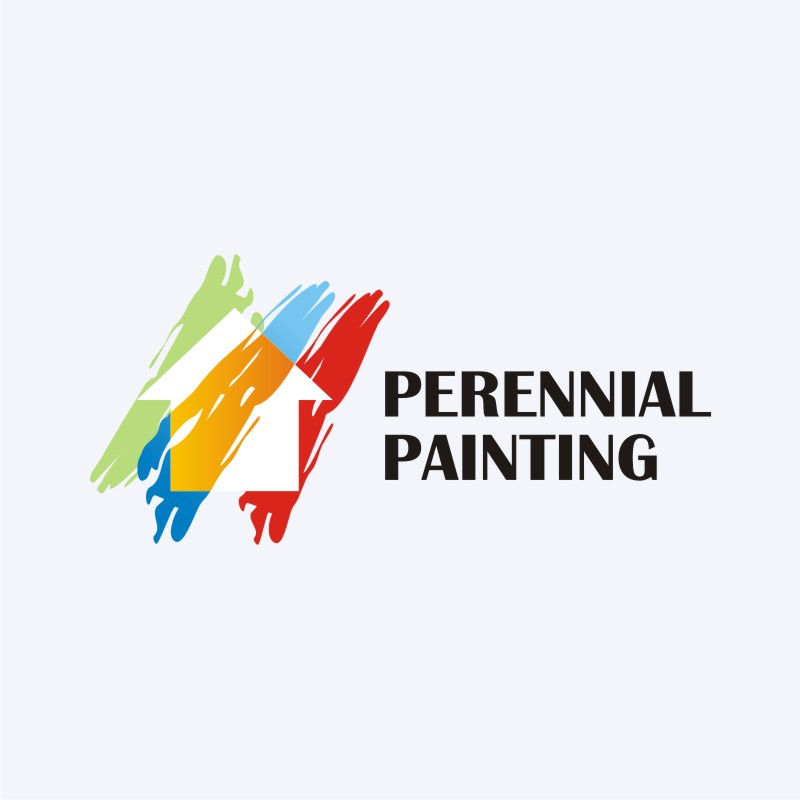Recognizing Seasonal Influences On Commercial Exterior Paint: Essential Understanding For Success
Recognizing Seasonal Influences On Commercial Exterior Paint: Essential Understanding For Success
Blog Article
Posted By-Doherty Chaney
When you're planning an industrial exterior paint task, seasonal factors can make or break your outcomes. You'll wish to consider exactly how temperature and humidity effect paint application and drying out times. Picking the right season can ensure your paint adheres effectively and lasts longer. But which seasons are really the very best for this kind of job? Allow's discover the crucial elements that can affect your job's success.
The Influence of Temperature on Paint Application
When you're planning an industrial exterior painting project, the temperature level can dramatically affect exactly how well the paint sticks and dries out.
Preferably, you intend to repaint when temperatures vary in between 50 ° F and 85 ° F. If it's too cold, the paint may not cure properly, causing issues like peeling off or fracturing.
On the other side, if it's also hot, the paint can dry out too promptly, protecting against appropriate adhesion and causing an uneven finish.
You must additionally consider the moment of day; morning or late afternoon uses cooler temperature levels, which can be extra beneficial.
Constantly check the manufacturer's recommendations for the certain paint you're using, as they commonly supply assistance on the excellent temperature array for ideal outcomes.
Moisture and Its Effect on Drying Times
Temperature isn't the only ecological variable that influences your commercial outside paint job; moisture plays a substantial role too. High humidity levels can slow down drying out times dramatically, impacting the overall top quality of your paint work.
When the air is saturated with moisture, the paint takes longer to treat, which can lead to problems like bad bond and a higher danger of mold growth. If you're painting on an especially moist day, be planned for prolonged delay times in between layers.
https://www.forbes.com/home-improvement/painting/time-for-paint-to-dry/ to check neighborhood climate condition and strategy accordingly. Preferably, ceiling and wall same colour for humidity levels between 40% and 70% for ideal drying out.
Keeping these consider mind guarantees your task stays on track and provides a long lasting finish.
Best Seasons for Commercial Exterior Paint Projects
What's the best season for your industrial outside painting projects?
Springtime and early autumn are normally your best bets. During these seasons, temperatures are light, and humidity levels are usually reduced, producing perfect conditions for paint application and drying.
Avoid summer season's intense heat, which can create paint to completely dry as well rapidly, causing inadequate bond and finish. Similarly, winter's cool temperature levels can prevent correct drying out and healing, risking the long life of your paint task.
Aim for days with temperature levels between 50 ° F and 85 ° F for ideal results. Keep in mind to inspect the local weather prediction for rain, as damp problems can spoil your project.
Preparation around these aspects ensures your paint task runs smoothly and lasts much longer.
Conclusion
To conclude, preparing your industrial exterior paint tasks around seasonal considerations can make a considerable difference in the end result. By scheduling job during the optimal temperature levels and humidity degrees, you'll guarantee far better adhesion and drying times. Remember to watch on regional weather prediction and select the correct time of year-- spring and early loss are your best choices. Taking these steps will certainly aid you achieve a sturdy and specialist finish that lasts.
